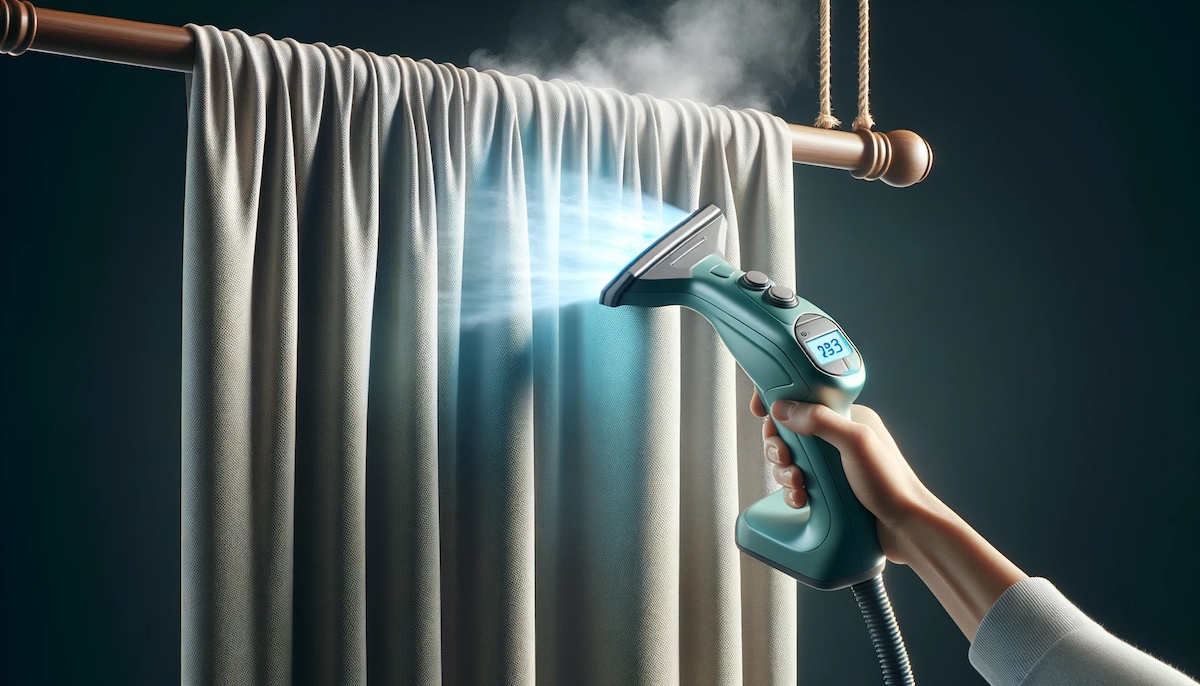

Articles
How To Steam Clean Drapes
Modified: October 27, 2024
Learn how to steam clean your drapes effectively with our informative articles on proper techniques and essential tips. Transform your home with fresh and clean drapes today!
(Many of the links in this article redirect to a specific reviewed product. Your purchase of these products through affiliate links helps to generate commission for Storables.com, at no extra cost. Learn more)
Introduction
When it comes to cleaning our homes, we often focus on common areas like floors, countertops, and bathrooms. However, one area that is often overlooked is our window treatments, specifically our drapes. Over time, drapes can accumulate dust, dirt, allergens, and even stains, which not only affects their appearance but also the air quality in our homes.
Steam cleaning is a highly effective method for cleaning and refreshing drapes, leaving them looking and smelling fresh. This technique involves using the power of steam to remove dirt, grime, and germs without the use of harsh chemicals.
In this article, we will explore the benefits of steam cleaning drapes, the tools and equipment needed, how to prepare your drapes for steam cleaning, and the steps to follow for a successful cleaning process.
So, if you’re ready to give your drapes new life and create a cleaner and healthier home environment, let’s dive into the world of steam cleaning drapes!
Key Takeaways:
- Steam cleaning drapes is an eco-friendly, non-toxic, and effective method for removing dirt, stains, and allergens, while also revitalizing the fabric and creating a healthier home environment.
- By following proper preparation, using the right tools, and taking necessary precautions, steam cleaning your drapes can be a convenient, cost-effective, and safe way to achieve optimal cleaning results.
Read more: How To Clean A Steam Mop
What is steam cleaning?
Steam cleaning is a cleaning method that uses the power of high-temperature steam to remove dirt, stains, and odors from various surfaces. It is a versatile and eco-friendly cleaning technique that can be used on a wide range of items, including drapes.
The process involves using a specialized steam cleaner or a garment steamer that heats water to a high temperature, producing pressurized steam. The steam is then directed onto the surface of the drapes, penetrating deep into the fabric and loosening dirt, dust mites, allergens, and other contaminants.
One of the key advantages of steam cleaning is that it eliminates the need for harsh chemicals. The power of steam alone is sufficient to break down and remove most types of stains and dirt. This makes it a safe and non-toxic option, especially for individuals who are sensitive to chemicals or have allergies.
Steam cleaning is also effective in killing bacteria, viruses, and mold spores that may be present on your drapes. The high temperature of the steam effectively disinfects the fabric, leaving it fresh and hygienic.
Moreover, steam cleaning not only cleans your drapes but also helps to rejuvenate them. The steam can relax the fibers, remove wrinkles, and restore the original shape and texture of your drapes. This can significantly improve the overall appearance of your window treatments.
In summary, steam cleaning is a powerful yet gentle cleaning method that can effectively remove dirt, stains, and allergens from your drapes. It is an eco-friendly and chemical-free solution that not only cleans but also disinfects and revitalizes your window treatments.
Benefits of steam cleaning drapes
Steam cleaning drapes offers a multitude of benefits that go beyond just having clean and fresh-looking window treatments. Here are some of the key advantages of steam cleaning your drapes:
- Effective removal of dirt and stains: Steam cleaning penetrates deep into the fabric, breaking down and removing dirt, dust, and even tough stains. It can tackle a variety of stains, including food spills, pet stains, and ink marks, leaving your drapes looking pristine.
- Eco-friendly and non-toxic: Steam cleaning uses only water and heat, eliminating the need for harsh chemicals. This makes it a safe and environmentally friendly cleaning option, especially for households with small children or pets.
- Eliminates allergens: Drapes can harbor allergens such as dust mites, pollen, and pet dander. Steam cleaning effectively kills and removes these allergens, reducing the risk of allergies and improving indoor air quality.
- Disinfects and kills bacteria: The high temperature of the steam kills bacteria, viruses, and mold spores that may be present on your drapes. This helps create a healthier and more hygienic home environment.
- Revitalizes the fabric: Steam not only cleans but also rejuvenates the fabric of your drapes. It can help remove wrinkles, restore the original shape and texture, and give your drapes a fresh and new look.
- Safe for delicate fabrics: Steam cleaning is gentle enough to be used on delicate fabrics such as silk, velvet, and lace. It effectively removes dirt and stains without causing damage or discoloration.
- Time-saving and convenient: Steam cleaning is a quick and efficient cleaning method. It requires minimal setup and drying time, allowing you to clean your drapes without disrupting your daily routine.
- Cost-effective: Investing in a steam cleaner or renting one can save you money in the long run. You no longer need to purchase expensive cleaning products or hire professional cleaning services for your drapes.
Overall, steam cleaning drapes offers a range of benefits, from effective stain removal to creating a healthier and fresher home environment. It is a versatile and convenient cleaning method that can transform your drapes and enhance the overall look of your living space.
Tools and equipment needed
To effectively steam clean your drapes, you will need a few essential tools and equipment. Here is a list of items you’ll need to get started:
- Steam cleaner: The most crucial tool for steam cleaning drapes is a reliable steam cleaner. There are various types of steam cleaners available, such as handheld steamers, canister steam cleaners, and portable garment steamers. Choose a steam cleaner that is suitable for the size and type of your drapes.
- Steam cleaner attachments: Along with the steam cleaner, you will need specific attachments designed for cleaning fabrics. These attachments typically include a fabric brush or upholstery tool and a crevice tool. The fabric brush helps in agitating the fabric, while the crevice tool reaches tight spots and corners.
- Water: Steam cleaners use water to produce steam, so make sure you have a sufficient supply of clean water. Distilled water is recommended to prevent any mineral deposits from affecting the performance of the steam cleaner.
- Clean, white towels or cloths: Keep a few clean, white towels or cloths on hand to aid in the cleaning process. You will use these to wipe away excess moisture and to blot any remaining stains or moisture after steam cleaning.
- Vacuum cleaner: It is advisable to thoroughly vacuum your drapes before steam cleaning to remove loose dirt and debris. A vacuum cleaner with a brush attachment can help remove surface dust and particles.
- Stain remover (optional): If your drapes have stubborn stains, you may want to have a suitable stain remover on hand for pre-treatment.
- Ladder or step stool: Depending on the height of your drapes, you may need a ladder or a step stool to reach the top and ensure thorough cleaning.
- Protective gloves: While steam cleaning is generally safe, wearing protective gloves can help prevent any potential skin irritation or burns from hot steam or cleaning solutions, if used.
- Protective floor covering: To protect your floors from any potential moisture or spills, it’s a good idea to lay down a protective covering such as a tarp or old towels.
Ensure that you have all the necessary tools and equipment before starting the steam cleaning process. Having everything prepared will make the cleaning process smoother and more efficient.
Preparing the drapes for steam cleaning
Before you begin steam cleaning your drapes, it’s important to properly prepare them to ensure an effective and safe cleaning process. Here are the steps to follow for preparing your drapes:
- Read the care instructions: Start by checking the care label on your drapes for any specific cleaning instructions. Some drapes may have specific guidelines or restrictions that should be followed.
- Remove any hardware: Take down any curtain rods, tiebacks, or other hardware attached to your drapes. This will make it easier to maneuver and clean the drapes thoroughly.
- Vacuum the drapes: Use a vacuum cleaner with a brush attachment to gently vacuum the drapes. This will help remove any loose dirt, dust, and debris from the fabric before steam cleaning.
- Spot treat any stains: If your drapes have any visible stains, pre-treat them with a suitable stain remover. Follow the instructions provided with the stain remover and allow it to sit for the recommended time before steam cleaning.
- Test an inconspicuous area: Before steam cleaning the entire drape, it’s always a good idea to test a small, inconspicuous area first. This will ensure that the fabric does not react negatively to the steam or get damaged.
- Secure delicate trims or embellishments: If your drapes have delicate trims, beaded accents, or embellishments, secure them using tape or fabric-safe pins to protect them from the steam or the cleaning process.
- Protect the floor and surrounding area: To prevent any potential moisture or spills from affecting your flooring or furniture, lay down a protective covering such as a tarp or old towels around the area where you will be steam cleaning.
- Hang the drapes: Hang the drapes back onto the curtain rod or a suitable hanger, ensuring that they are evenly distributed and hanging straight.
- Open windows or provide ventilation: Steam cleaning can generate moisture in the air. To aid in the drying process, open windows or provide adequate ventilation in the room while steam cleaning your drapes.
By properly preparing your drapes before steam cleaning, you can ensure optimal cleaning results while minimizing the risk of any damage or adverse reactions to the fabric.
When steam cleaning drapes, start from the top and work your way down, using a gentle back-and-forth motion to avoid damaging the fabric. Be sure to follow the manufacturer’s instructions for the steamer and the drapes.
Read more: How To Clean A Steam Cleaner
Steps to steam clean your drapes
Now that you have prepared your drapes for steam cleaning, let’s dive into the step-by-step process of steam cleaning them:
- Fill the steam cleaner: Following the manufacturer’s instructions, fill the water tank of your steam cleaner with clean water. Use distilled water if recommended to prevent mineral buildup.
- Attach the appropriate nozzle or tool: Depending on the type of steam cleaner you are using, attach the appropriate nozzle or tool designed for cleaning fabrics. This could be a fabric brush or upholstery tool.
- Turn on the steam cleaner: Plug in your steam cleaner and allow it to heat up according to the manufacturer’s instructions. Once it is ready, it will produce a steady stream of pressurized steam.
- Begin steaming: Starting from the top of the drape, hold the steam cleaner nozzle approximately 6-8 inches away from the fabric. Slowly move the nozzle down the length of the drape, working in small sections.
- Steam from top to bottom: Work your way down the drape, using continuous steam in a sweeping motion. Make sure to cover the entire surface of the fabric, including the edges and any pleats.
- Pay attention to stained or soiled areas: If you encounter any stained or heavily soiled areas, spend extra time and attention on them. Direct the steam to these areas and use the fabric brush or upholstery tool to agitate the fabric gently.
- Blot excess moisture: After steam cleaning a section, use a clean, white towel or cloth to blot away any excess moisture. This will help prevent the fabric from becoming too wet and promote quicker drying.
- Continue steaming and blotting: Repeat the steaming and blotting process until you have steam cleaned the entire drape.
- Allow the drapes to dry: Once you have finished steam cleaning, leave the drapes hanging to air dry. Avoid closing the drapes until they are completely dry to prevent moisture buildup and potential mold growth.
- Rehang and admire: Once the drapes are thoroughly dry, rehang them on the curtain rod or attach any hardware that was removed. Step back and appreciate the fresh, clean appearance of your steam cleaned drapes.
Remember, the process of steam cleaning drapes may vary slightly depending on the type of steam cleaner you are using and the specific fabric of your drapes. Always refer to the manufacturer’s instructions and follow any additional guidelines provided with your steam cleaner.
By following these steps, you can effectively steam clean your drapes, removing dirt, dust, stains, and allergens, and restoring their beauty and freshness.
Tips and precautions
While steam cleaning your drapes is a relatively straightforward process, there are some tips and precautions to keep in mind to ensure a safe and successful cleaning experience:
- Read the instructions: Familiarize yourself with the instructions provided by the manufacturer of your steam cleaner. Ensure you understand how to operate the machine properly to avoid any accidents or damage.
- Test on a small area: Before steam cleaning the entire drape, test a small, inconspicuous area first to check for any adverse reactions or damage to the fabric.
- Avoid over-soaking: Be cautious not to oversaturate the fabric with excessive steam or moisture. This can lead to prolonged drying times or damage to the drapes. Use short bursts of steam and blot away excess moisture as you go.
- Protect nearby surfaces and furniture: Take precautions to protect nearby surfaces and furniture from any potential moisture or steam. Use protective coverings or move items away from the steaming area.
- Use distilled water: If your steam cleaner recommends using distilled water, follow this guideline to prevent mineral deposits and buildup within the machine. This helps maintain its efficiency and lifespan.
- Be cautious with delicate fabrics: Delicate fabrics such as silk or lace require extra care. Use lower steam settings, avoid excessive heat, and always refer to the fabric’s care instructions.
- Allow drapes to dry completely: Ensure your drapes are thoroughly dry before closing them or allowing them to come into contact with any other surfaces. Proper drying helps prevent mold growth or musty odors.
- Regular maintenance: To prolong the cleanliness and freshness of your drapes, periodically vacuum them and keep them dust-free between steam cleaning sessions.
- Consider professional cleaning: If your drapes are heavily soiled, extremely delicate, or require specialized care, it may be best to seek professional cleaning services. They have the expertise and equipment to handle challenging situations effectively.
By following these tips and precautions, you can safely and effectively steam clean your drapes, ensuring optimal results without causing any damage or complications.
Frequently asked questions about steam cleaning drapes
Here are some common questions people have regarding steam cleaning drapes:
- Is steam cleaning suitable for all types of drapes?
Steam cleaning is generally safe for a wide range of drapes, including fabrics like cotton, polyester, and linen. However, it is important to check the care label and follow any specific cleaning instructions provided by the manufacturer. - Can I steam clean delicate or antique drapes?
Delicate or antique drapes require special care. It is recommended to consult with a professional cleaner who has experience dealing with such fabrics. They can determine the best course of action to avoid potential damage. - How often should I steam clean my drapes?
The frequency of steam cleaning drapes depends on various factors, such as the level of dirt and dust in your home, the presence of allergens, and the fabric of your drapes. As a general guideline, steam cleaning once or twice a year is usually sufficient for maintaining clean and fresh drapes. - Can steam cleaning remove all stains from drapes?
Steam cleaning is effective in removing many types of stains from drapes. However, it may not completely eliminate all stains, especially stubborn or set-in stains. Pre-treating heavily stained areas or seeking professional cleaning may be necessary for such cases. - Can steam cleaning damage or shrink my drapes?
When used correctly and on suitable fabrics, steam cleaning should not damage or shrink drapes. It is essential to follow the manufacturer’s instructions for your specific steam cleaner and to test a small area before proceeding with a full cleaning. - Do I need to remove my drapes from the windows for steam cleaning?
In most cases, it is not necessary to remove drapes from the windows for steam cleaning. However, if you have long or heavy drapes, it may be more convenient to take them down and steam clean them in an open space. - Can steam cleaning help reduce allergens in my home?
Yes, steam cleaning is effective in killing dust mites, pollen, and pet dander that can trigger allergies. By steam cleaning your drapes, you can reduce allergens and improve indoor air quality. - Is it possible to rent a steam cleaner for drapes?
Yes, many home improvement and appliance rental stores offer steam cleaner rentals. Ensure that you choose a steam cleaner suitable for fabric and upholstery cleaning. - Can I steam clean drapes that have blackout or thermal lining?
Yes, steam cleaning is generally safe for drapes with blackout or thermal lining. However, it is always best to check the care instructions provided by the manufacturer, as some linings may have specific cleaning requirements.
These frequently asked questions should address some of the common concerns and inquiries you may have about steam cleaning your drapes. If you have any specific questions or concerns, it is always advisable to consult the manufacturer’s instructions or seek professional advice.
Conclusion
Steam cleaning drapes is a highly effective and environmentally friendly method for maintaining clean and fresh window treatments. By harnessing the power of steam, you can remove dirt, dust, stains, and allergens from your drapes without the use of harsh chemicals. This not only improves the appearance of your drapes but also creates a healthier home environment.
Throughout this article, we have explored the benefits of steam cleaning drapes, the tools and equipment needed, how to prepare your drapes for steam cleaning, the step-by-step process of steam cleaning, and important tips and precautions to follow. By following these guidelines, you can successfully steam clean your drapes and achieve optimal cleaning results.
Remember to read the care instructions provided by the manufacturer of your drapes and to test a small, inconspicuous area before proceeding with steam cleaning. This will help ensure that your drapes will not be damaged or adversely affected by the cleaning process.
Whether you have cotton, polyester, velvet, or any other type of fabric drapes, steam cleaning is a versatile method that can be used on a variety of materials. It is particularly effective in removing stains, eliminating allergens, disinfecting the fabric, and revitalizing the overall look of your window treatments.
So, if you’re looking to give your drapes a deep and thorough cleaning, consider steam cleaning as a safe, efficient, and cost-effective option. Enjoy the benefits of fresh and rejuvenated drapes that will enhance the beauty and cleanliness of your home!
Frequently Asked Questions about How To Steam Clean Drapes
Was this page helpful?
At Storables.com, we guarantee accurate and reliable information. Our content, validated by Expert Board Contributors, is crafted following stringent Editorial Policies. We're committed to providing you with well-researched, expert-backed insights for all your informational needs.

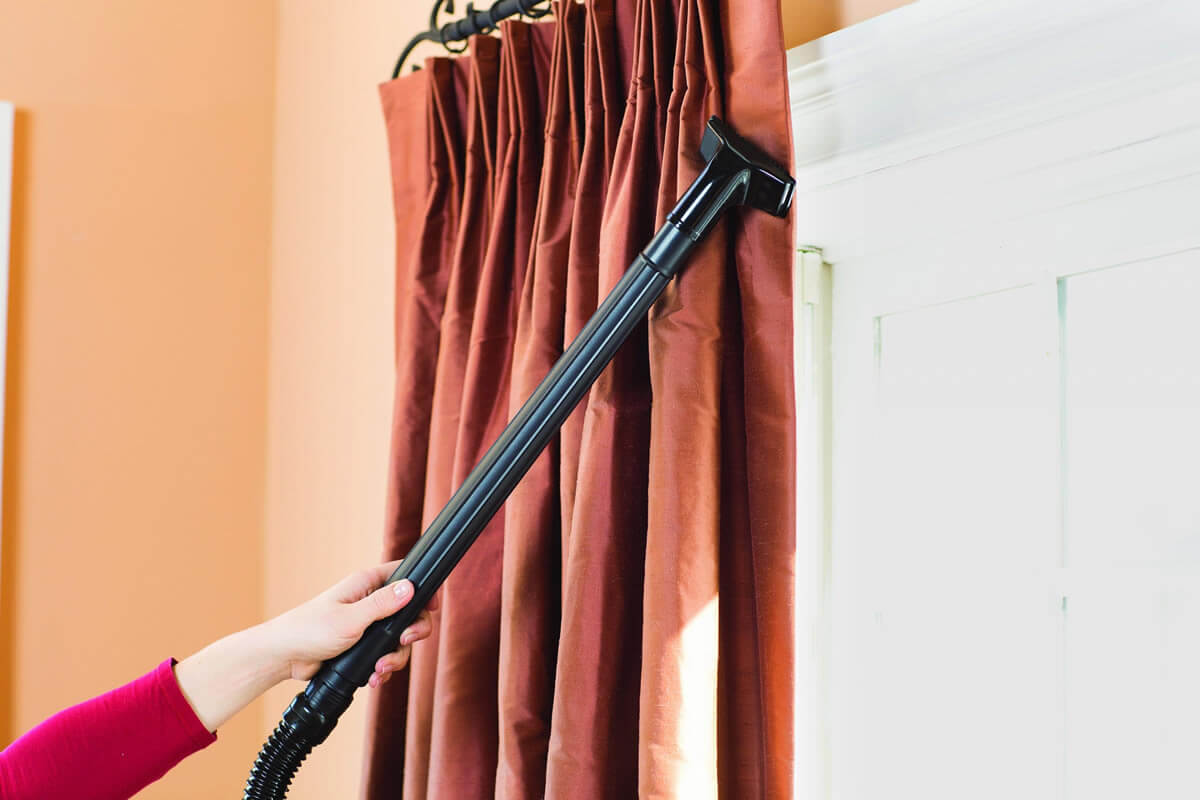

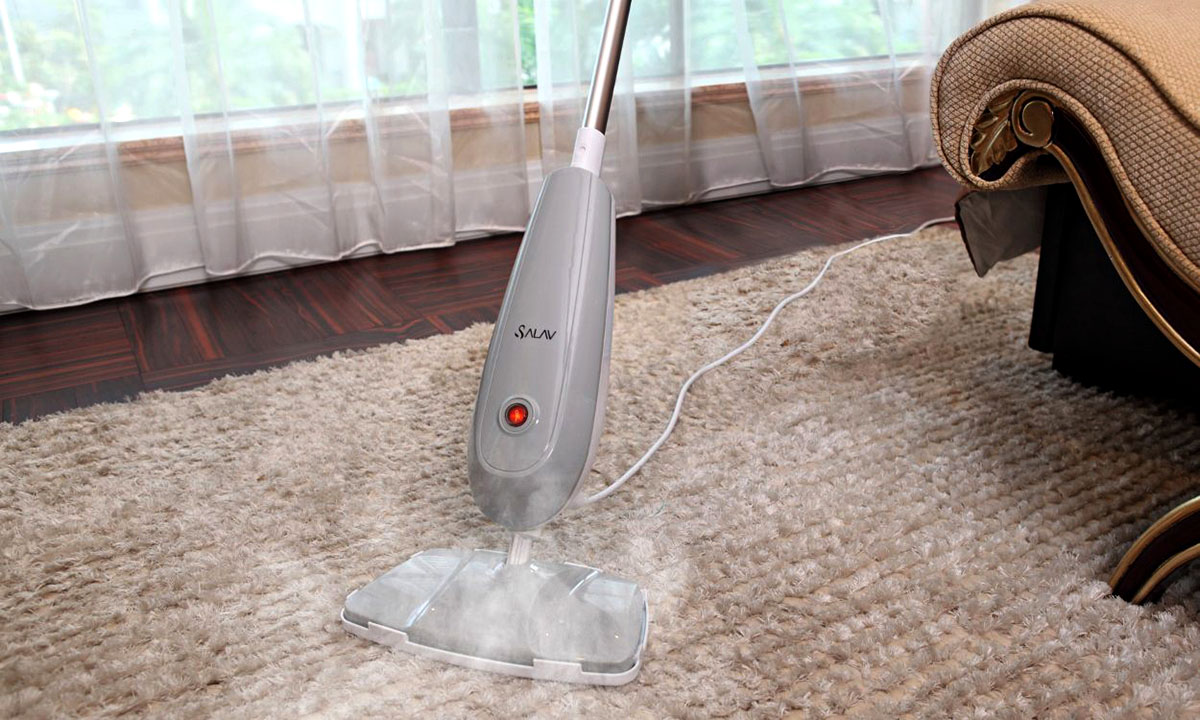
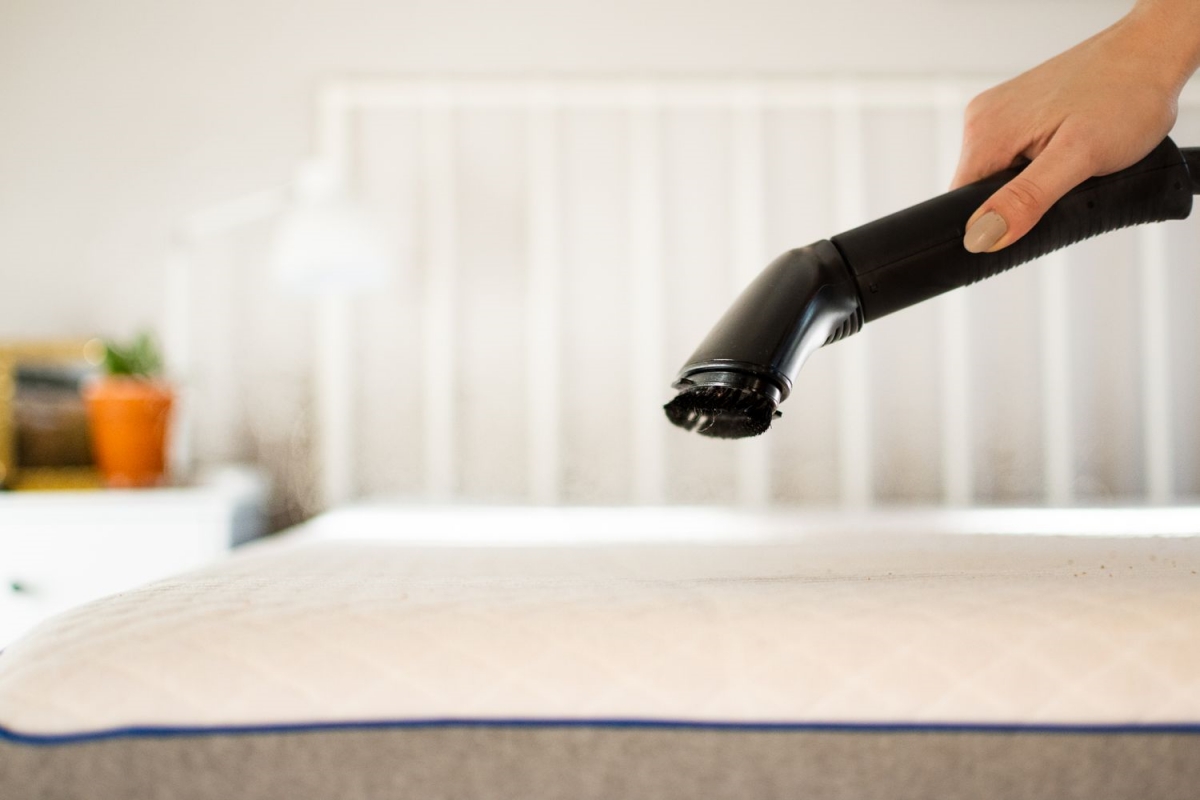
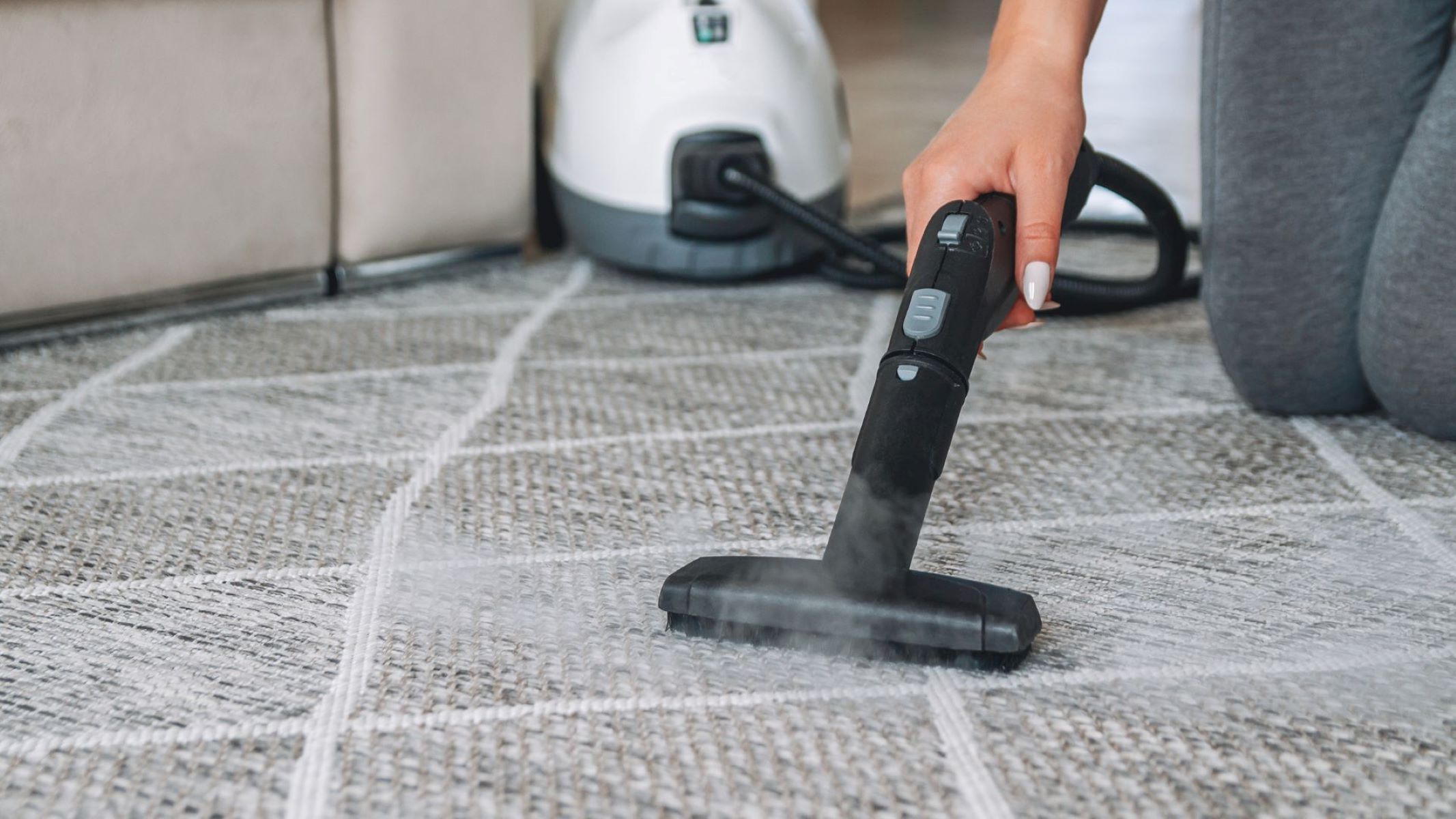
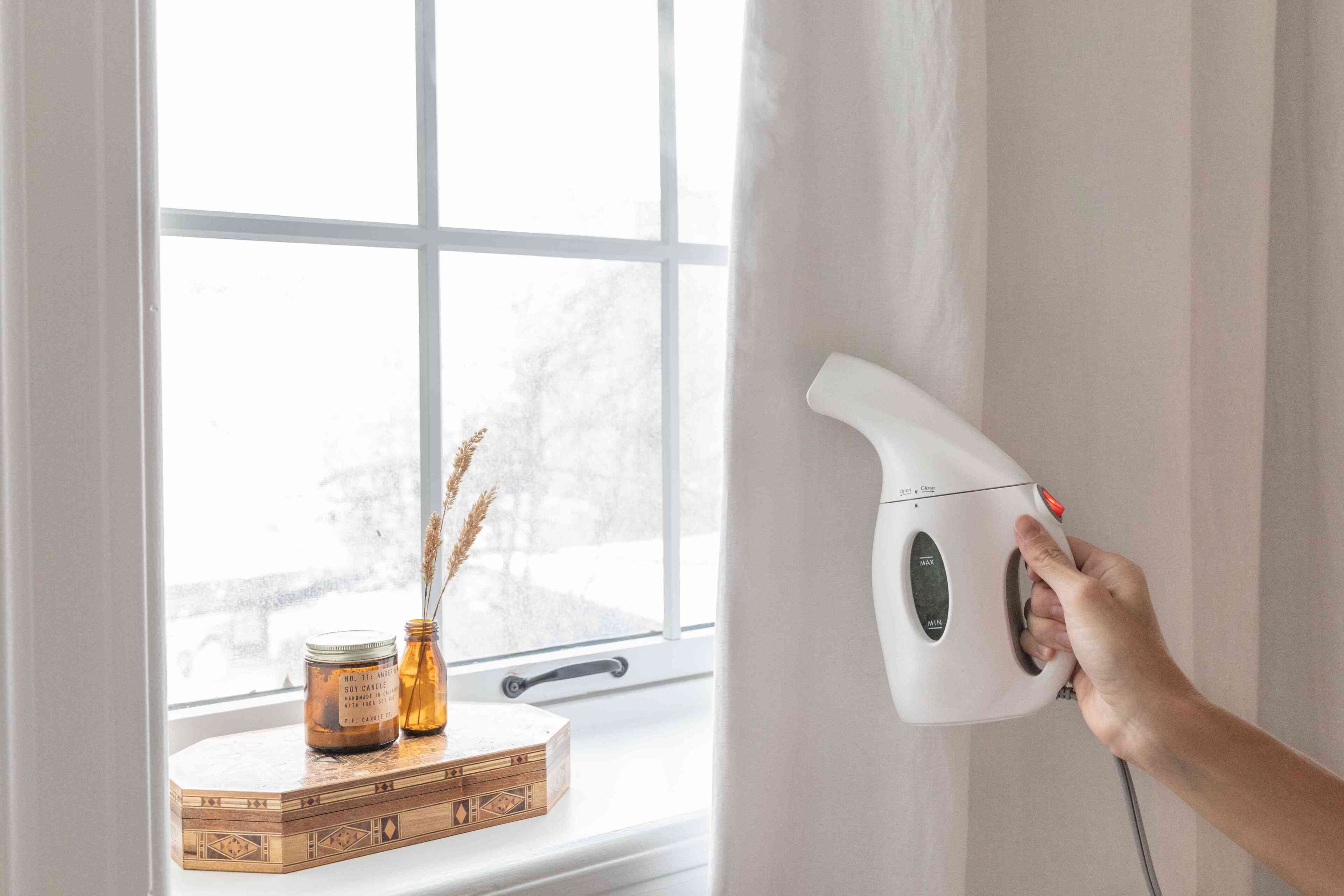
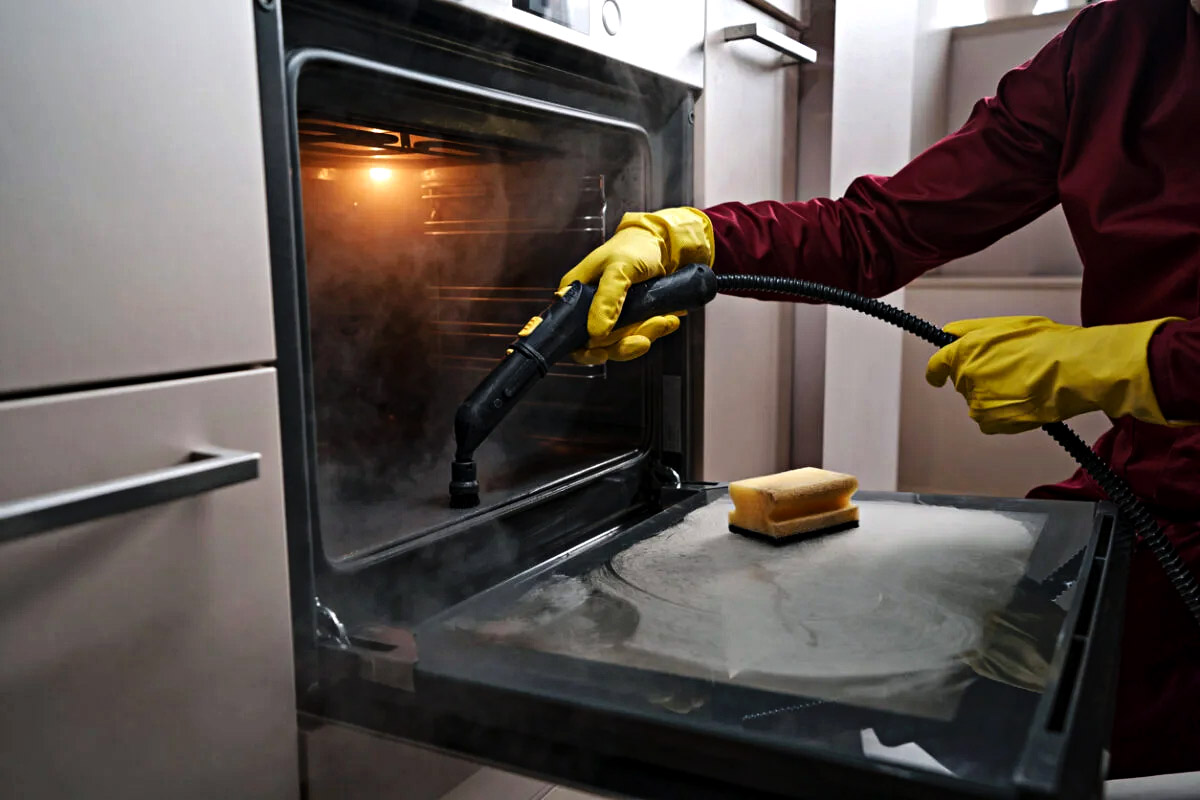
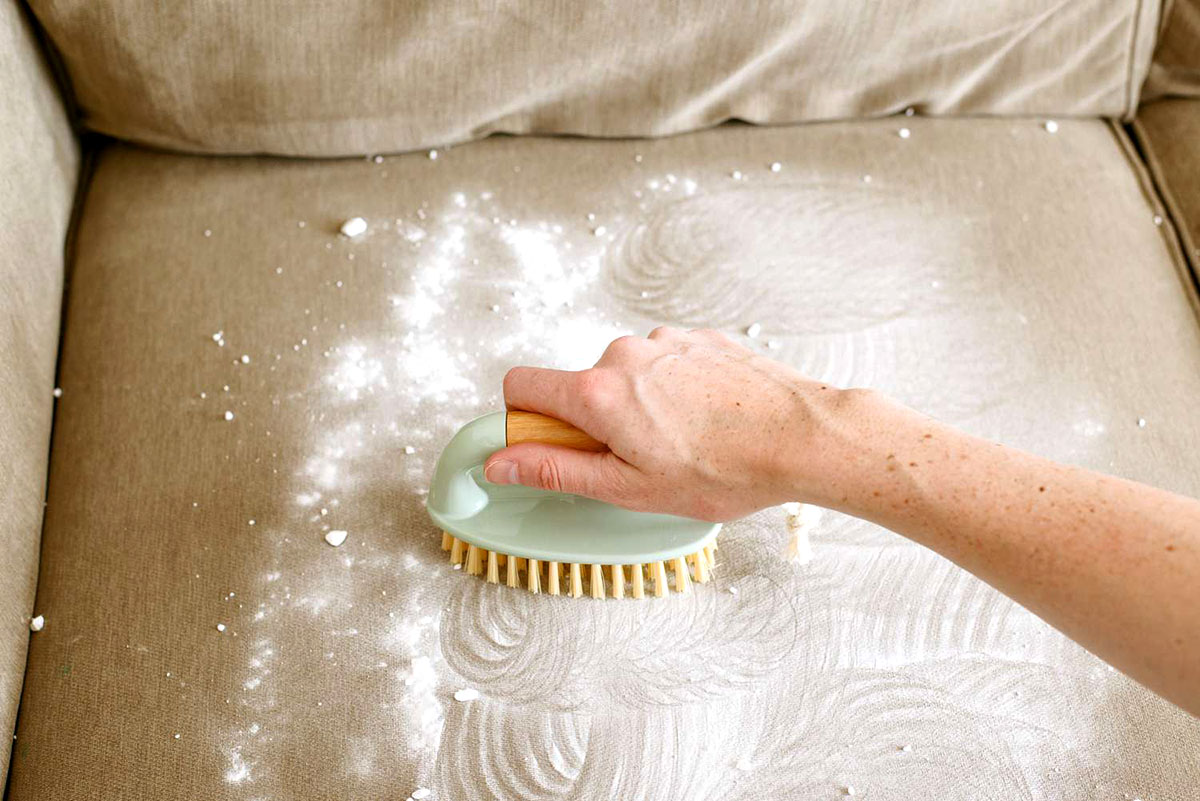
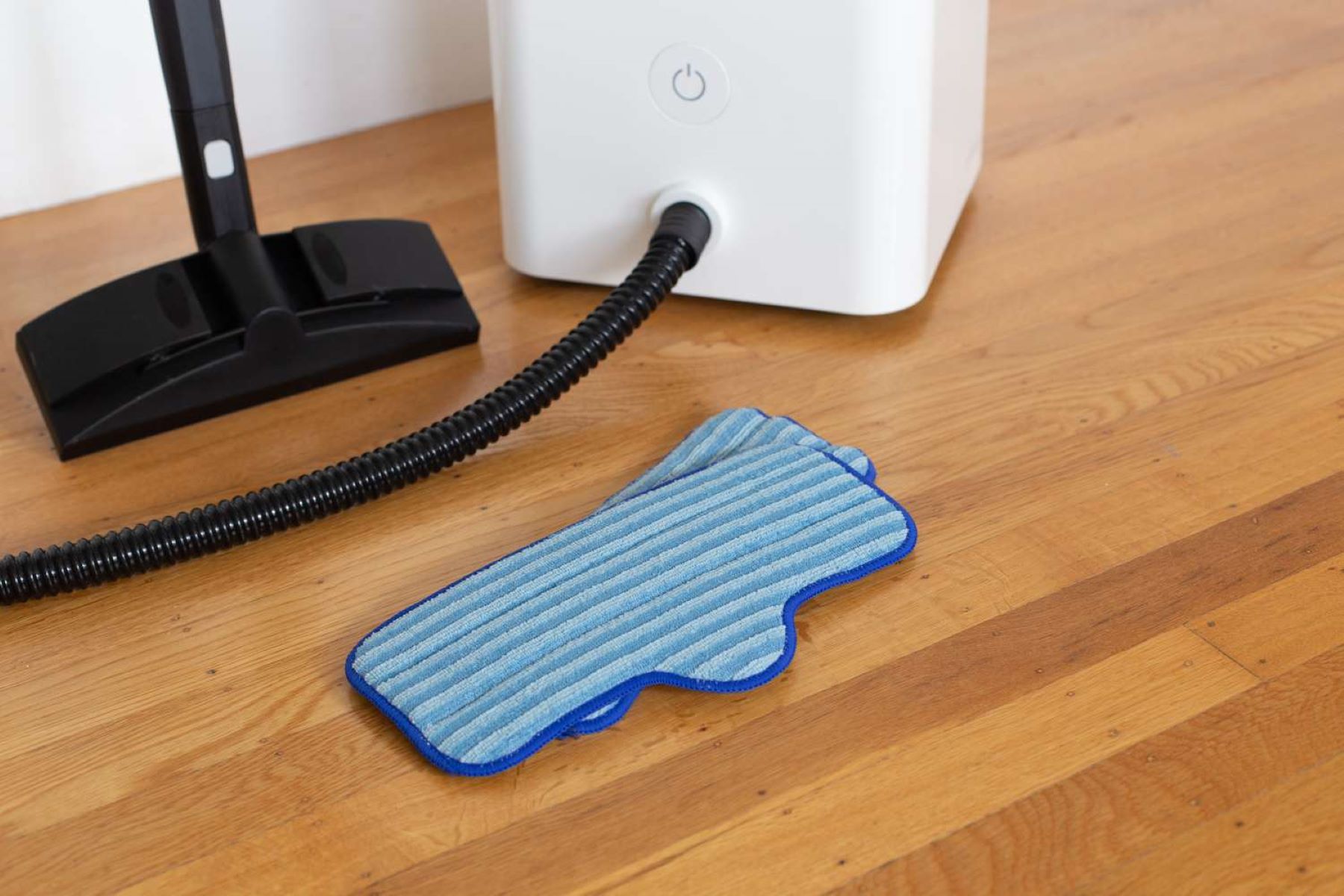
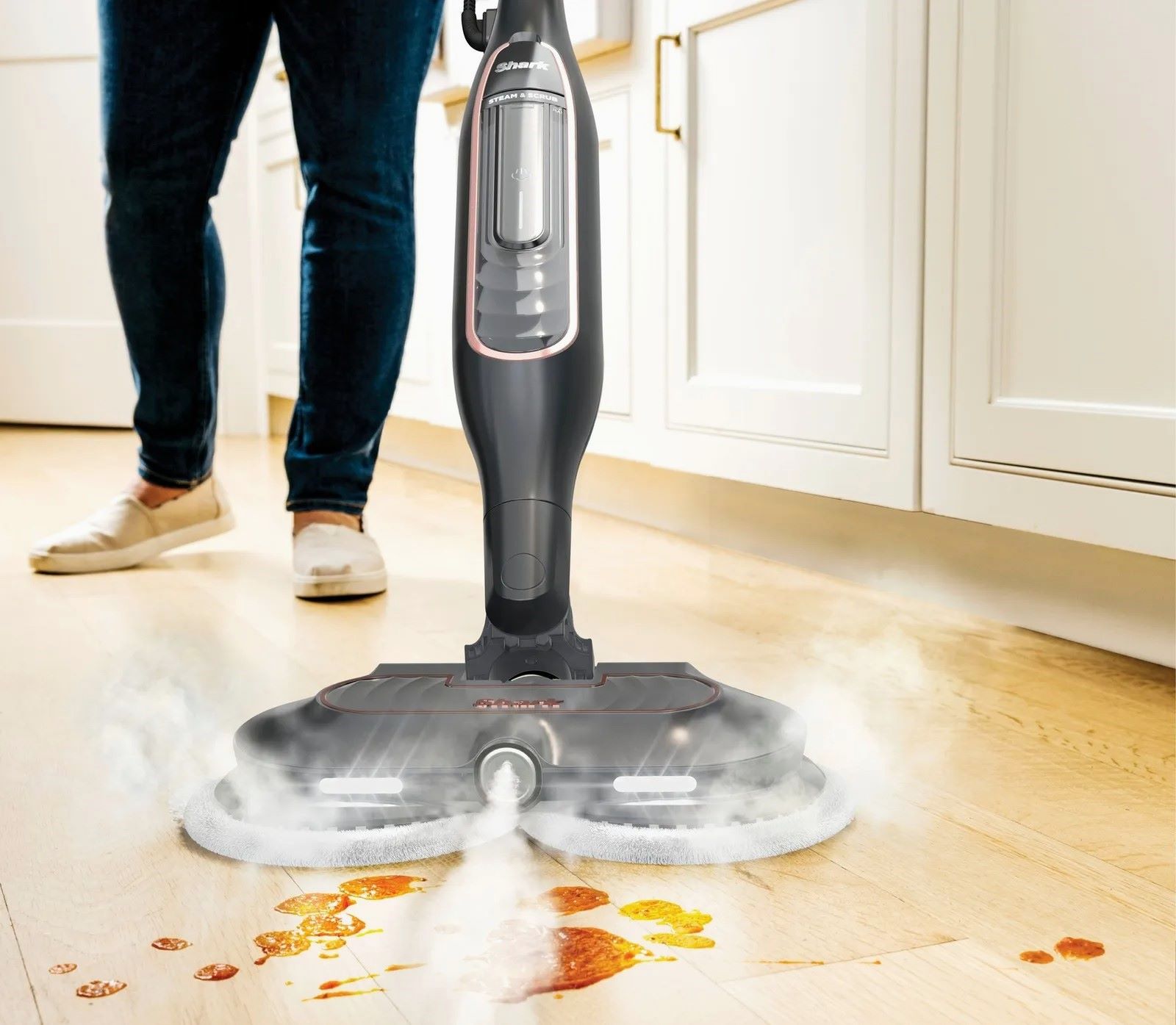
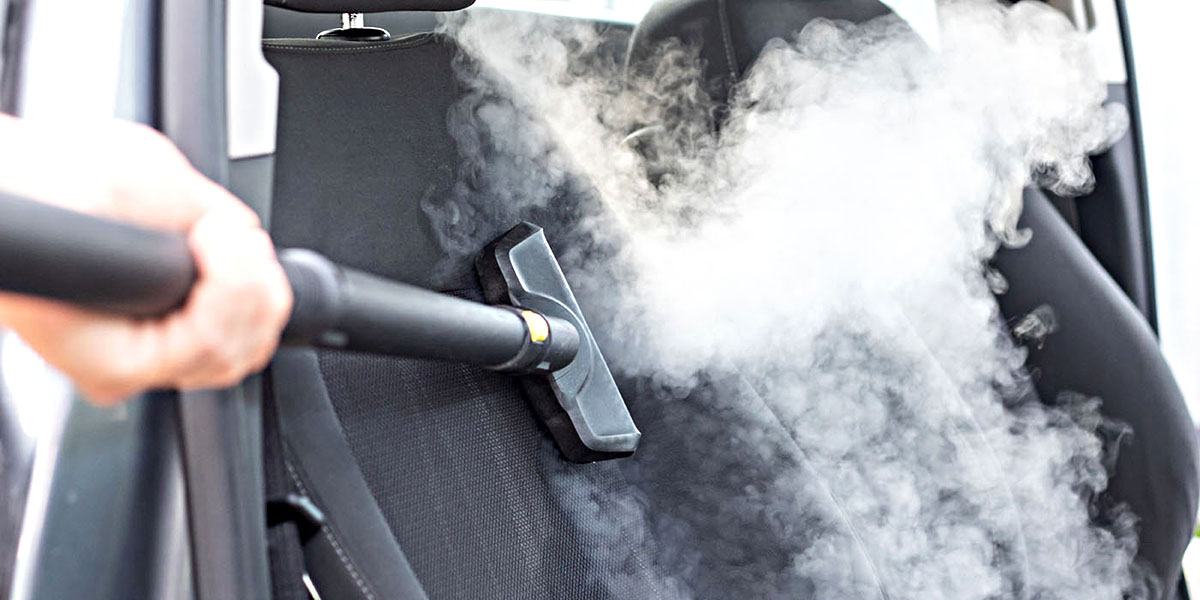
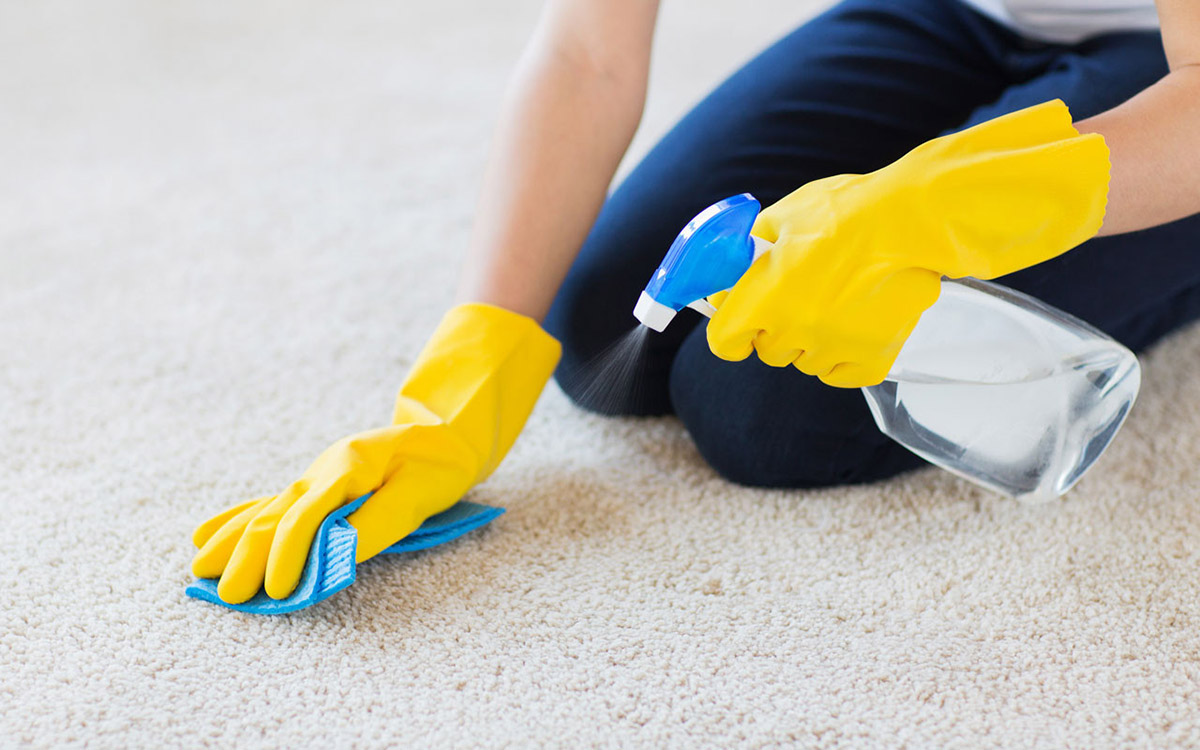
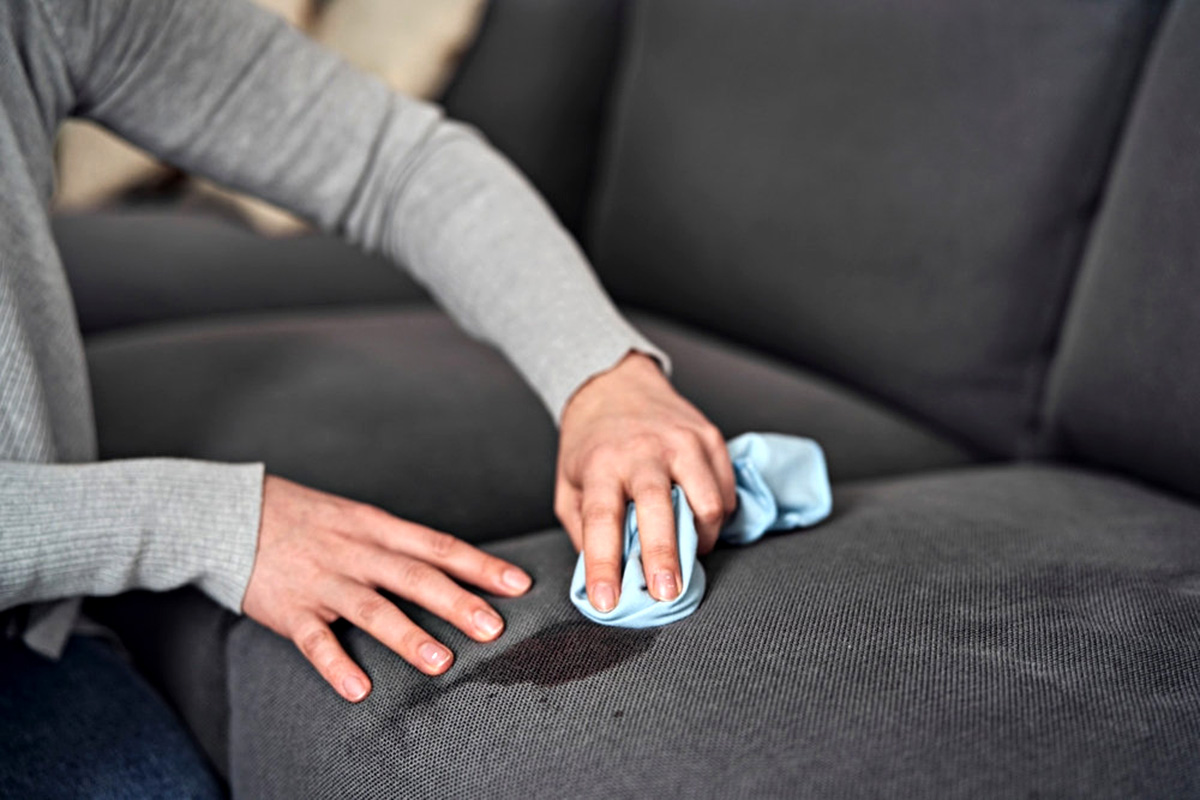

0 thoughts on “How To Steam Clean Drapes”